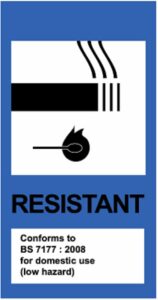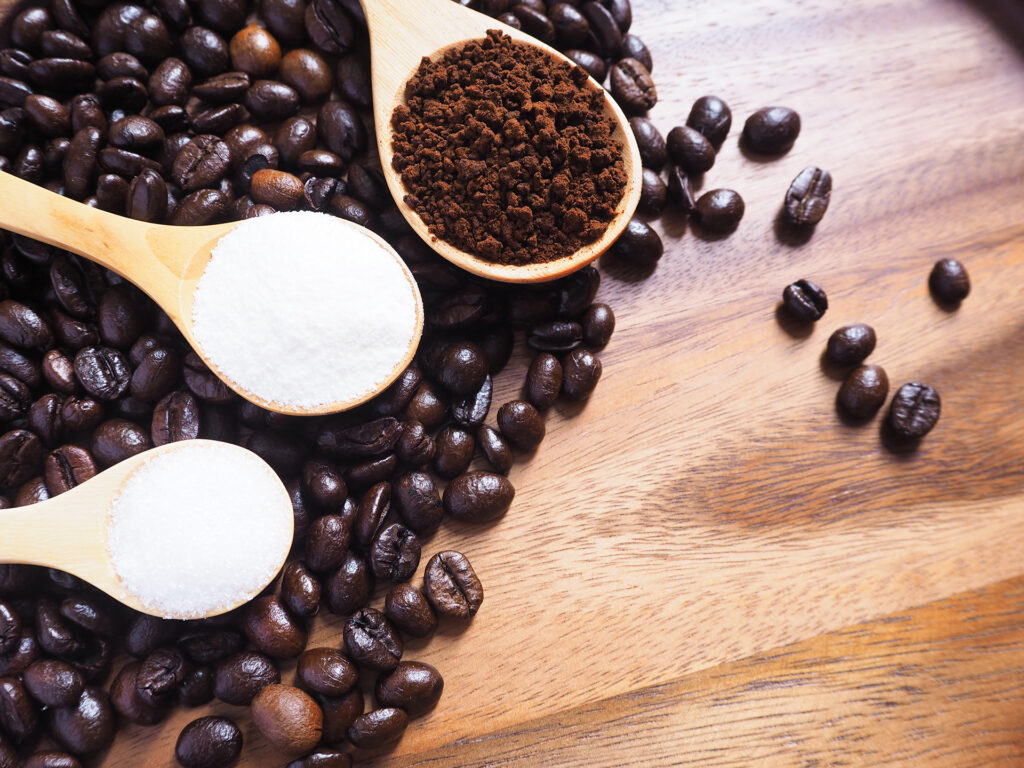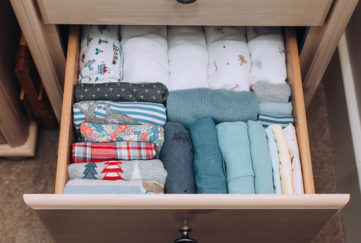5 Surprising Things That Can Set Your House On Fire

When it comes to reducing fire hazards, we all know about such precautions as gas safety checks, and keeping a watchful eye on bonfires and firepits.
However there are many other causes of home fires, some of which you may not know about. Joel Efosa, owner of Fire Cash Buyers, has tapped into his extensive knowledge to put together a list of common household items that are the most flammable.
1 Nail polish
One of the main ingredients in nail polish is acetone, which is highly flammable. It’s a chemical similar to rubbing alcohol.
When using nail polish, make sure it’s not being used near flames or other household items that may be flammable.
Joel comments, “We’ve seen houses catch fire from people drying their nails off close to a fire, which is absolutely not recommended.”
 2 Mattresses
2 Mattresses
Cheap, imported mattresses that have not passed UK fire retardant safety checks are a real danger and responsible for many house fires. Memory foam is reasonably safe so long as it has passed these checks. Look for a label mentioning BS7177 – The British Heart Foundation has more details here.
Joel says, “In my experience, often home owners have cigarettes in bed on a morning and this tends to be a big driver of house fires.
“Along with smoking, having candles next to your bed can also prove to be a recipe for disaster.”
3 Oranges
One of the world’s favourite fruits is in fact a threat when it comes to household fires. The reason for this is that oranges contain a chemical called limonene, which is flammable. This explains why dried orange peel can be used as an effective fire starter for a campfire!
4 Coffee creamer (and other powdered food)
One of our favourites, again this often happens early in the morning when we’re having our first caffeine fix of the day.
Powdered non-dairy creamer is combustible due to a variety of chemicals, one of which is sodium aluminosilicate. So consider changing your powder to a liquid version.
According to health website LiveStrong, “you also often encounter sodium aluminum silicate in
- dried or powdered milk substitutes
- sugar products
- dried whole eggs and dried egg yolks
- grated cheese
- flours
- coffee
- instant soup powders, including in vending machines
- baking powder
- cake mixes
- cocoa and chocolate beverage powders.”
5 Flour
While the normal, average kitchen is rarely filled with airborne flour, it still poses a big risk.
When the flour is in the air, it can explode when coming into contact with a flame. This is due to the level of carbohydrates within the ingredient, which makes it burn quickly.
So if you’re baking with the grandchildren, don’t put the gas rings on until the clouds of flour have cleared completely!
Do houses lose value after a fire?
Joel explains, “A home is one of the biggest investments that a person can make, and it is natural to worry about what would happen if it was damaged by a fire.
“While it is true that a fire can cause extensive damage to a home, it does not necessarily mean that the property will lose all of its value.
In many cases, house fires are covered by insurance, and the owners are able to make repairs and rebuild.
“Additionally, the value of a home is typically based on its location. So even if a fire does cause some damage, the property will still be worth as much as other homes in the area.”
Read more at https://www.firecashbuyers.com/









